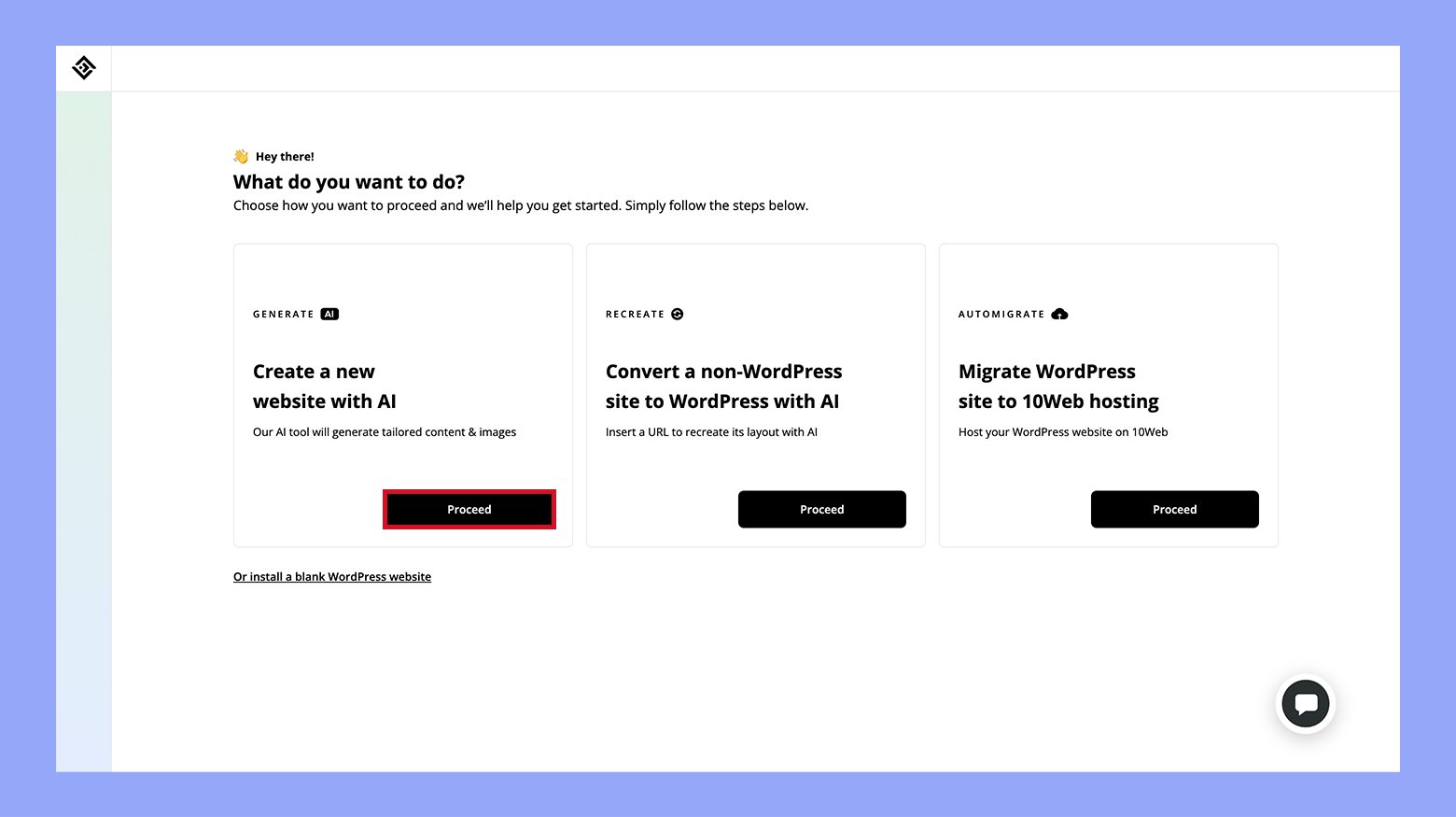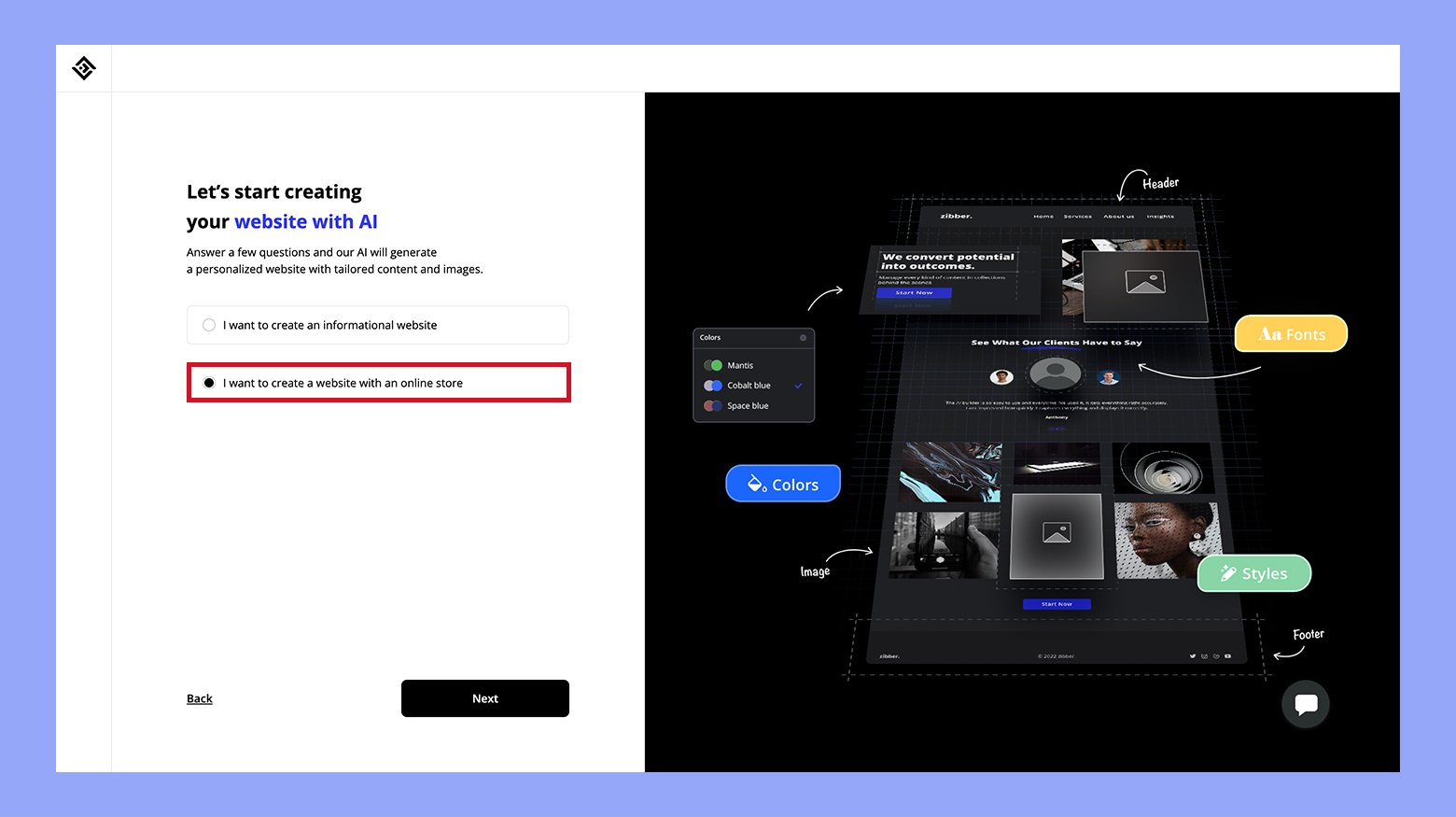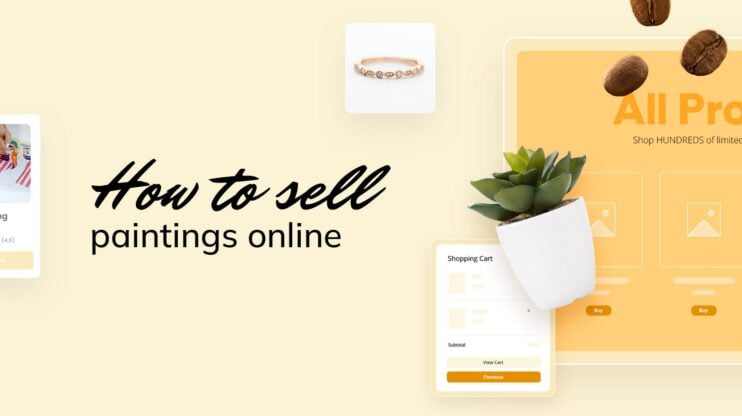Selling antiques online can become an exciting opportunity to grow into a global market of collectors and enthusiasts. You can turn a passion for history and craftsmanship into a thriving business with the right approach.
This guide discusses essential strategies for success, from understanding the online antique market to setting up a compelling online shop and mastering marketing techniques. You can optimize your online sales with popular platforms, stay informed about trends and valuations, and employ effective customer service practices. Whether you’re already in the antiques business or just starting, these tips will help you navigate the online antique sales and maximize your business potential. Let’s learn how to sell antiques online.
FAQ
What is the best site to sell antiques?
What is the best way to price antiques?
How do I sell my expensive antique?
Is there money in selling antiques?
The current online antiques selling market
The online antiques market is thriving with substantial growth in recent years. Various trends and specialized segments have emerged, providing numerous opportunities for antique dealers.
Trends within the market
Staying updated on current trends and valuations is crucial. Mid-century modern furniture, vintage toys, and antique jewelry are trending among collectors. Look out for items like Eames chairs, old LEGO sets, and Art Deco rings.
Valuations can fluctuate based on rarity, condition, and demand. For instance, limited edition items or well-preserved pieces often fetch higher prices.
Online tools and auction results can help you keep track of what’s selling and for how much. Sites like LiveAuctioneers provide data on recent sales and trending items. This insight helps you price your antiques competitively.
Platforms to look at
There has been a significant rise in the use of social media platforms to buy and sell antiques. Platforms like Instagram and Pinterest allow collectors to connect and trade directly. This makes it easier for you to reach a broader audience.
Online marketplaces such as eBay, and Etsy remain popular spots for buying and selling antiques. Each platform offers unique features, making it critical to choose the right one based on your target customers and the types of antiques you sell. However, you can create and grow your ecommerce platform and organize your store to your heart’s content.
Sustainable shopping habits also drive more people to buy vintage and antique items. Collectors and ordinary shoppers alike are looking for unique, eco-friendly alternatives to mass-produced goods.
Financial projections of the market
The value of the online antiques and collectibles market in the USA was estimated at approximately $2.6 billion in 2024, reflecting a growth of 1.64% from the previous year, 2023. This number is expected to continue growing as more antique dealers and collectors move their businesses online.
Experts predict a steady annual growth rate. Affordable shipping options and improved online payment systems contribute to this positive trend. This growth suggests a healthy and expanding market for you to tap into.
Investing in high-quality photographs and detailed product descriptions can make your listings stand out. Buyers are more likely to purchase if they feel confident in the item’s authenticity and condition.
Specialized segments of the market
There are various specialized segments within the online antiques market that you can focus on. Vintage jewelry, antique furniture, and rare collectibles are some popular categories.
Ruby Lane is known for its strict curation, making it an excellent platform for established antique dealers. In contrast, Etsy allows a broader range of vintage items and attracts a diverse audience.
Local markets also play a significant role. Engaging with community groups and participating in local antiques roadshows can enhance your reputation and help you discover niche markets to serve.
How to sell antiques online: tips to apply
Selling antiques online can be a rewarding way to make money and share rare treasures. To get started, you need to understand how to establish your brand, plan your business, and choose the right platform. Let’s explore the necessary steps to successfully sell antiques online.
Create your authentic brand and vision
Creating a strong brand is crucial. Your brand should reflect the unique qualities of your antiques.
Start by choosing a memorable name that conveys the essence of your collection. To do so, you can use the 10Web Business Name Generator. Being an AI-powered tool, it will help you generate catchy business names that reflect the essence of your collection. Just enter keywords related to your niche, and the generator will provide you with a list of potential names to choose from.
Choose a logo design that complements the unique characteristics of your antiques collection and resonates with your target audience. It’s also crucial to decide on a consistent style for all your communication materials, such as business cards, brochures, and online content. This consistency ensures that your brand is easily recognizable and reinforces your professional image across all platforms.
Think about what makes your products special and highlight that in your branding, social media, and blog materials to engage with potential buyers.
Define your vision
Your vision is essential for guiding your business decisions. Ask yourself key questions like what kind of antiques you want to sell and who your target audience is. Think about your long-term goals.
Create a vision statement that clearly states your purpose and goals. This vision will help you stay focused and consistent, ensuring that your business grows in the right direction.
Conduct market research
Understanding the market is key to selling antiques online. Start by researching similar items online to see their prices and popularity. Identify trends and gaps in the market.
Use tools like Google Trends and look through popular platforms like eBay, Etsy, and Facebook Marketplace to understand what buyers are looking for. This will help you find your specific sellings and determine the best products to sell. It will also help you determine the specifics if you have already decided what antiques to sell.
Write a business plan
A solid business plan provides a roadmap for your antique business. Outline your goals, target market, and strategies. Include a detailed budget, listing your expenses and expected revenues.
Your plan should also cover your marketing strategies, sales goals, and a content calendar for your online presence. Ensure you reference potential costs for monthly fees, listing fees, commissions, and other expenses.
Choose a sales platform
Choosing the right platform is essential for successfully selling antiques online. Here are some popular options to consider: eBay is great for auctions and reaching a large audience, making it suitable for general antiques.
Etsy is ideal for vintage and handmade items, attracting a niche market that appreciates unique and craft-oriented products.
Ruby Lane specializes in high-quality antiques, offering a curated environment for serious collectors. Bonanza, as a good alternative to eBay, features lower fees and caters to a variety of collectible items.
Each platform has its advantages, with differing fee structures such as listing fees, final value fees, monthly fees, and transaction fees. Carefully compare these platforms to decide which best fits the specific nature of your items.
You might also consider Facebook Marketplace or Craigslist for local sales. Platforms like Chairish and 5miles can be useful for more specific markets.
Create an ecommerce website
Building your antique store website can set you apart. 10Web offers easy tools to create an attractive site. Choose a template that fits your style, then customize it with your branding.
Based on your descriptions, the AI can generate a website that looks appealing and effectively showcases your inventory. This includes integrating an online catalog where customers can easily browse and purchase your antiques.
Here is how you can make an ecommerce site step-by-step with 10Web AI Website Builder:
- Go to the 10Web’s AI website builder, and click on Generate Your Website.

- Proceed to create a new website with AI.

- Choose the I want to create a website with an online store option.

- Describe your business in a few words and proceed to generate your website with AI.
The platform will return a ready-to-customize website in just a few seconds. What you have to do next is to tailor your website to your specific business needs, add additional sections with the help of AI, and enjoy a speedy and optimized ecommerce experience.
Using SEO best practices is key to driving traffic to your antique store’s website. 10Web’s AI Website Builder enhances your site’s SEO by automatically optimizing content and structure to improve search engine rankings, ensuring your store gets noticed by the right audience.
A professional, well-optimized website not only enhances your store’s credibility but can significantly boost your sales by making it easier for customers to find and purchase your unique antiques.
Create your custom online store in minutes with 10Web AI Ecommerce Website Builder and take your business online. 
Looking to sell online?
Tips for organizing your website
List your antiques for sale
Properly listing your antiques is vital for attracting buyers. Follow these steps:
- Categorization: Place items in appropriate categories to make it easier for buyers to find them.
- Details: Include all important information like dimensions, materials, and era.
- Titles: Write clear and descriptive titles. For example, instead of just “Vase,” use “Vintage 1920s Blue Glass Vase.”
Write compelling product descriptions
Compelling descriptions can make or break a sale. If you want the descriptions to succeed, detail the item’s history, material, size, and any unique features. Share interesting stories or background about the item to engage buyers. Use relevant keywords to improve searchability within your platform and on search engines. These steps will win you the sales.
Choose the right categories and tags
Categories and tags help organize your items and improve searchability. Here’s what to consider:
- Categories: Use broad categories like “Furniture,” “Jewelry,” or “Collectibles” to sort items efficiently.
- Tags: Add relevant tags like “vintage,” “antique,” or “mid-century” to help buyers find what they’re looking for.
- Seasonal Tags: Consider using seasonal or trend-specific tags depending on the time of year or current trends.
Setting up an online antique shop requires careful planning and execution. By choosing the right platform, creating an appealing store, listing and describing your items effectively, setting fair prices, and organizing with categories and tags, you’ll be well on your way to attracting and retaining customers.
Understand selling platform pricing and fees
When selling antiques online, it’s crucial to know how different platforms charge fees and how to set your prices. By understanding both, you can maximize your profits and avoid unexpected costs.
Different online platforms have various fee structures. eBay charges a final value fee, which is a percentage of the sale price, while Etsy imposes a listing fee plus a transaction fee. Amazon has varying referral fees depending on the category.
Monthly fees may also apply, especially on Amazon, where a professional selling plan costs about $39.99 per month. Always read the fine print and understand these costs before listing your items.
Considerations for pricing your antiques
Determining the right price for your antiques involves research and strategy. Start by comparing similar items online. Check their condition, maker, and material to see how they are priced.
Identify value factors: Unique features, historical significance, and rarity can lift prices.
Adjust for condition: Items in pristine condition fetch higher prices. Consider any damage or restoration needs.
Consider platform fees: Ensure your price covers these costs. For example, if you’re selling on Etsy, factor in the listing, transaction, and payment fees to avoid losing money. Consider the prices mentioned above.
Set your price slightly higher to allow for offers and negotiations. You can always lower the price if it doesn’t sell quickly. Avoid setting it too low, or you might undercut your potential profit.
Manage marketing and customer engagement
When selling antiques online, connecting with your audience and engaging them is crucial. Use various methods to market effectively and keep customers interested.
Diverse methods to connect with your audience
Connecting with your audience using diverse methods is essential for building relationships and expanding your customer base. Here’s how you can effectively use different platforms:
Social media: Use platforms like Facebook, Instagram, and TikTok to showcase your antiques. These platforms are excellent for posting high-quality photos and videos, which can attract viewers’ attention.
Email marketing: Maintain a direct line of communication with your customers through email marketing. Send regular newsletters to keep your audience informed about new arrivals, upcoming promotions, and the unique stories behind some of your special pieces. Email campaigns can be personalized based on customer behavior and preferences, increasing their effectiveness.
Content marketing: Content marketing is about creating valuable content that attracts and retains your audience. Write blog posts about the history and significance of your antiques. Share restoration tips, care guides, and behind-the-scenes looks into how you source your items to educate your audience and build trust by showcasing your expertise.
Packing tips for fragile antiques to satisfy customers
When shipping fragile antiques, packing them correctly is vital. This will satisfy your customers and evoke trust in your brand.
First, choose a sturdy box that’s slightly larger than the item. Use bubble wrap to wrap the antiques securely and fill any empty spaces in the box with packing peanuts.
- Reinforce the box with extra tape.
- Use “Fragile” labels on all sides.
- Double-box the item if it’s extremely delicate.
You want to make sure the antique arrives in perfect condition, so take your time to pack it well.
Manage customer expectations and support
Communicating well with your customers is key. Keep them informed throughout the process. From the moment they place an order, let them know the status.
Send confirmation emails immediately after purchases and provide tracking information as soon as the item is shipped. Next, notify customers of any delays promptly. Offer support through multiple channels like email and live chat. Be friendly and responsive to their questions and concerns.
Build customer trust online
To build trust, start with transparency. Make sure your listings provide detailed descriptions and clear photos of the antiques. Highlight any imperfections to avoid surprises. Here is how you can build customer trust online:
- Display return policies clearly.
- Use secure payment gateways.
- Provide a physical business address and contact information.
Responding to customer inquiries quickly and courteously also shows that you are reliable and dedicated to providing a good experience.
Authenticate antique items
Authenticity is crucial when selling antiques. Buyers want to be sure they’re getting genuine items. Here are the steps to authenticate items:
- Research the item’s history and provenance.
- Look for the maker’s marks or signatures.
- Compare the item to similar antiques in reputable databases.
- Consider appraisals from certified professionals if necessary.
Sharing this information in your listings helps reassure buyers of the item’s authenticity.
How to maximize antiques sales through auctions
Selling your antiques through auctions can be a great way to reach a large audience and get the best prices for your items. Each platform and strategy has its nuances and benefits that can help maximize your sales.
List items on online auction sites
To start, choose the right online auction site, such as eBay or Heritage Auctions. These platforms give access to many potential buyers. When creating a listing, ensure your item has detailed descriptions, high-quality photos, and clear auction terms.
Write clear, engaging titles and descriptions that highlight unique features and history. Use bold for important details and write each key point in a list to make it easy to read. Set your starting bid low to attract more early bidders but keep a reserve price to protect the item’s value.
Auction house dynamics
If you decide to go with a traditional auction house like Sotheby’s, you need to be familiar with their processes. Auction houses often have specialized experts who can value your antiques accurately. They hold live auctions attended by seasoned collectors willing to spend significantly.
Before committing, understand their fee structures, which may include appraisal fees, seller’s commission, and other service charges. These fees can vary and impact your overall profit. You may also need to meet specific criteria or conditions to have your items accepted for sale.
Keep track of inventory and sales
Keeping track of your inventory and sales is vital. Use a spreadsheet or inventory management software to log each item’s description, purchase price, auction details, and final sale price. This helps you analyze which items perform best and identify trends in buyer interest.
Regularly update your records after each sale. Categorize items by sold and unsold status, noting auction dates and results. This organized approach prevents confusion, helps manage your stock effectively, and ensures you meet buyer expectations promptly.
Understand tax implications for online sales
Online sales have tax implications that you must understand. Pay attention to both federal and state tax regulations. Sites like eBay may handle sales tax automatically depending on the buyer’s location, but it’s your responsibility to report the income accurately.
Keep detailed records of all sales transactions, including dates, amounts, and buyer information. Consult a tax professional to ensure you comply with tax laws and understand any deductions or credits you can claim for business expenses related to your antique sales. Proper tax management prevents issues and keeps your business running smoothly.
Conclusion
Selling antiques online offers a unique opportunity to connect with a global audience of collectors and enthusiasts. This guide has outlined key strategies that can help you benefit from the distinctiveness of the online antiques market.
By establishing a compelling online presence and engaging effectively with your audience, you can turn your passion for rare and historical items into a profitable business. Using these practical strategies you will maximize your reach and enhance your sales potential in the antiques selling market.
Create your custom online store in minutes with 10Web AI Ecommerce Website Builder and take your business online. 
Looking to sell online?
















